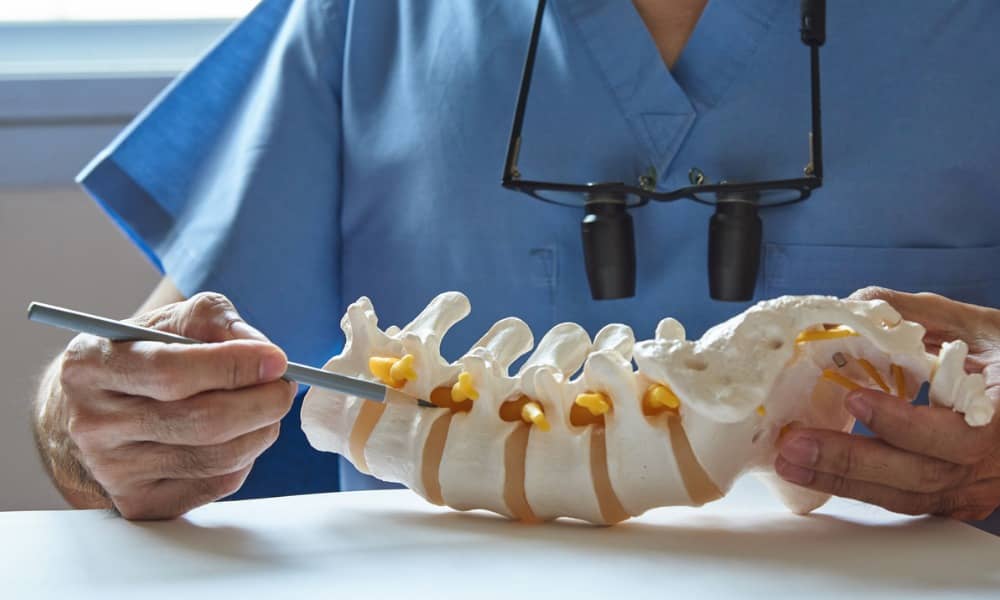The Best Sleep Positions for Spine Health
Being mindful of your posture when standing or sitting is important, but so is your sleeping position. Your posture during sleep can have a negative effect on your spine, causing neck and back pain the following day. According to research, sleep posture is important in preventing neck and shoulder pain. It is important to understand how sleep affects your spine so you can avoid both neck and back pain in the future.
What sleep position is best for spine health?
When you rest, your muscles and ligaments in your back relax and heal themselves. By keeping the body position neutral and relaxed while sleeping, your spine will stay in a position similar to its optimal standing posture, protecting you from neck and back pain. The best sleep positions for neck and back health include:
Flat on your back
Sleeping flat on your back is by far the best option when it comes to spine health. This position helps keep your head, neck, and spine aligned and evenly distributes your weight across your body. This can help those who experience chronic conditions by reducing pressure and compression.
To maximize the benefits of sleeping on your back, place a pillow beneath your knees. This will help reduce stress on your lower back and maintain the natural curve of your spine. Always use a supportive pillow for your head and neck to maintain spinal alignment.
Lying on your side
Sleeping on your back is not an easy position for everyone. Lying on your side is the second best sleeping position for spine health. It is important to elongate your legs to maintain a neutral spine while sleeping in this position. While the potential side effects of this position result in a sore neck, you can reduce the risk of neck pain by choosing the right pillow that will support your neck.
The fetal position is a popular sleeping position with over 41% of adults choosing this option. While this position improves circulation in your body, it is important not to be curled up too tightly, as it can restrict breathing in your diaphragm and leave you feeling a bit sore in the morning.
Sleeping on your stomach
When you sleep on your stomach, you are putting a lot of pressure on your lower back as it remains tense throughout the night. If it is hard to sleep in any other position, you can reduce the strain on your back by placing a pillow under your pelvis and lower abdomen. This will help lift your hips up, naturally supporting this area without needing to engage any muscles.
If you’re experiencing back or neck pain, Dr. Melamed can help determine your pain points, how your posture is contributing, and what steps can help you find relief. If you are suffering from chronic back or neck pain, contact The Spine Pro, Dr. Hooman Melamed at 310-928-2769.





